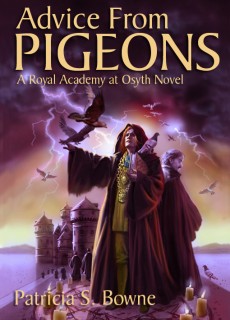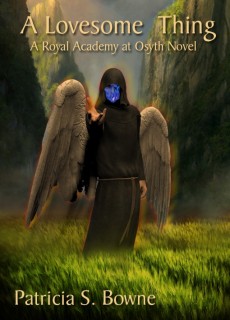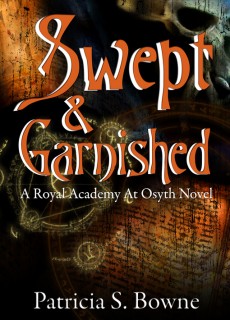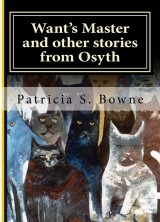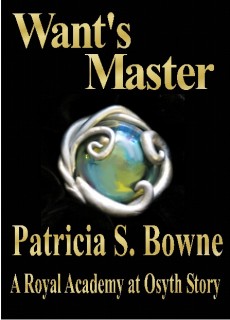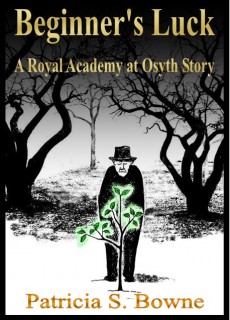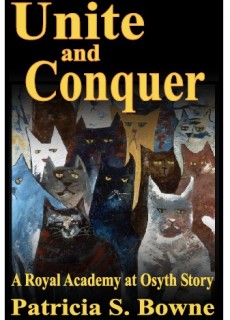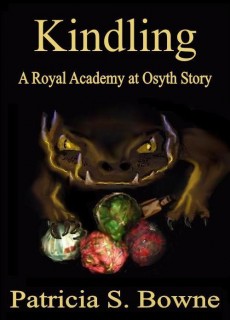Editing and marketing have made me dive back into my Royal Academy Trilogy after almost a year since I finished the third book. In the interim, I’ve been working on a single point-of-view novel with a YA protagonist. So going back to the trilogy, which is determinedly multiple-POV and all of whose protagonists are experienced adults, is both a shock and an opportunity to compare the ‘feels’ of the two kinds of writing.
To start with, it’s obvious that in the single-POV story, events are more of a focus than perceptions and ruminations. My protagonist is experiencing amazing things for the first time. In the trilogy, my POV characters are quite inured to the amazing. They’ve been summoning demons every morning for 25 years, and are established researchers in their areas, so they take this sort of stuff for granted. That’s what allows the books to work as academic satire; the characters treat their problems as if they were normal. Instead of dealing with an incompetent Department Chair, my faculty in ‘Advice From Pigeons’ have to deal with one who’s lost his soul. In ‘A Lovesome Thing,’ instead of training a puppy, Teddy Whin needs to house-train a newly animated woodstove. Instead of the normal difficulties with adjunct positions in ‘Swept and Garnished,’ Rho discovers that his supervisor is — well, that would be telling, and that book isn’t out yet.
This might just be a difference between having a young protagonist and older ones. But the bigger difference I see is that of multiple interpretations of the same events. I most enjoyed writing the parts of my trilogy where different people dealt with the same situation from different starting-points. When Warren Oldham loses his soul in ‘Advice From Pigeons,’ almost everyone has their own way of approaching it based on their own areas of expertise; summoning, seances, appointment books, health-insurance details. In ‘A Lovesome Thing’ demons and exorcists, lovers and archbishops, a walking stove, the media, and an airline employees’ union all converge at the end. I like seeing this mixture of events come together into a solution, and I couldn’t show it unless multiple people were given their chance to direct the action for a little while.
I also enjoy the fact that few of these people really understand or care about the others’ concerns. They pursue their own paths, bumping against one another with interactions pleasant or unpleasant, but with few exceptions they aren’t truly intersecting. This is my opinion of real life as well, and I believe that even given this kind of self-absorbtion, it’s possible for things to turn out well for most everyone in the end. I’m interested in the point at which these separate pieces jostle themselves into a mosaic, and even more in the fact that they never know it has happened. Only the author and the reader see the whole picture.
Given all this interest in complexity, how am I dealing with the current single-POV work in progress? It’s a completely different kind of challenge, because in this case the only way to show multiple points of view is through things my protagonist notices, but does not understand. I find myself more dependent on what I hope the reader will bring to the book, because I can’t just switch to a different POV character to state whatever I want to make clear. In a way, it’s a greater challenge. And I find myself wondering what will constitute a satisfactory resolution. What will it look like, and feel like, to see just one person shake herself into the proper place in the mosaic? How will readers see the overall picture, when its one POV character doesn’t get to stand above the table, putting the pieces together? I look forward to finding out.

